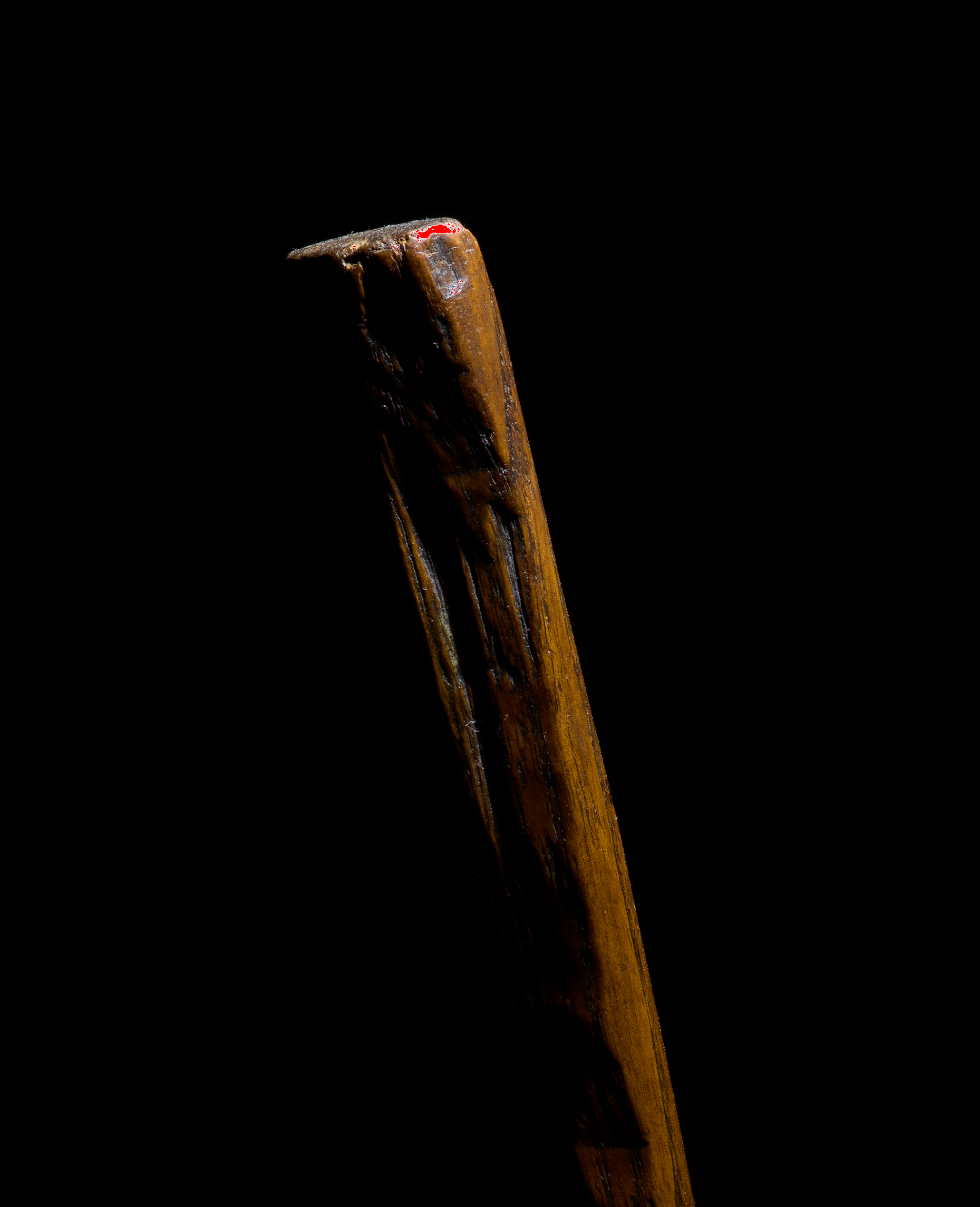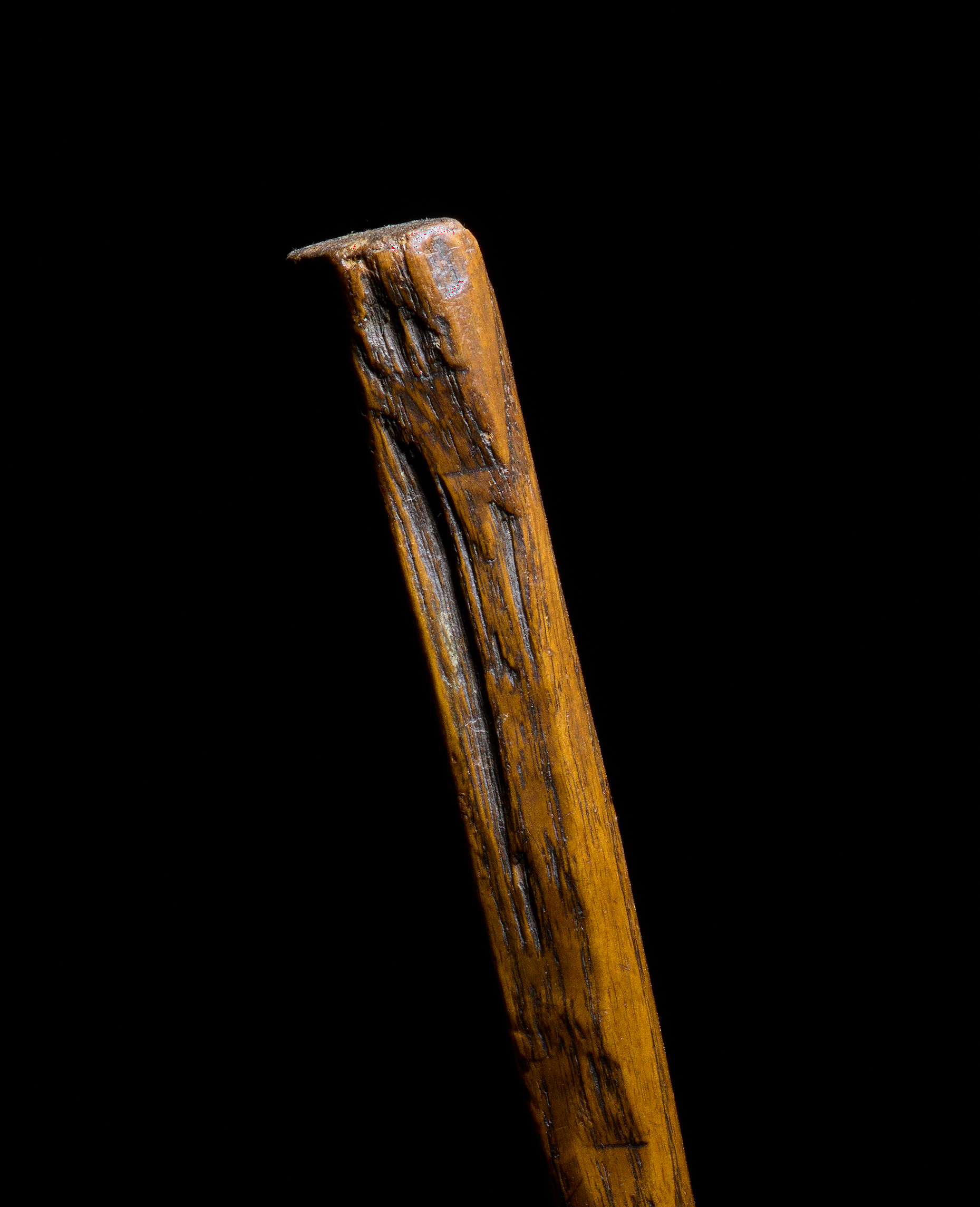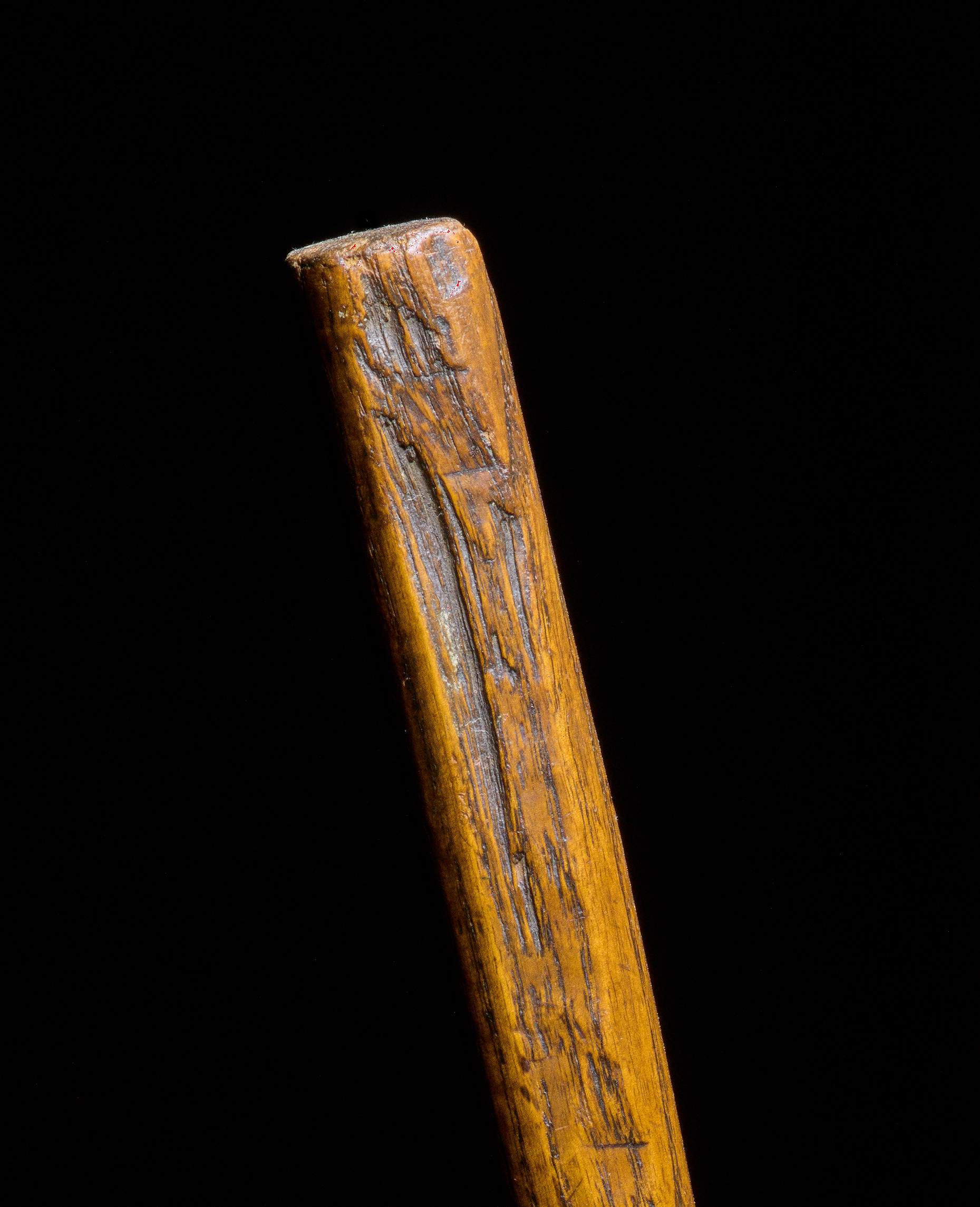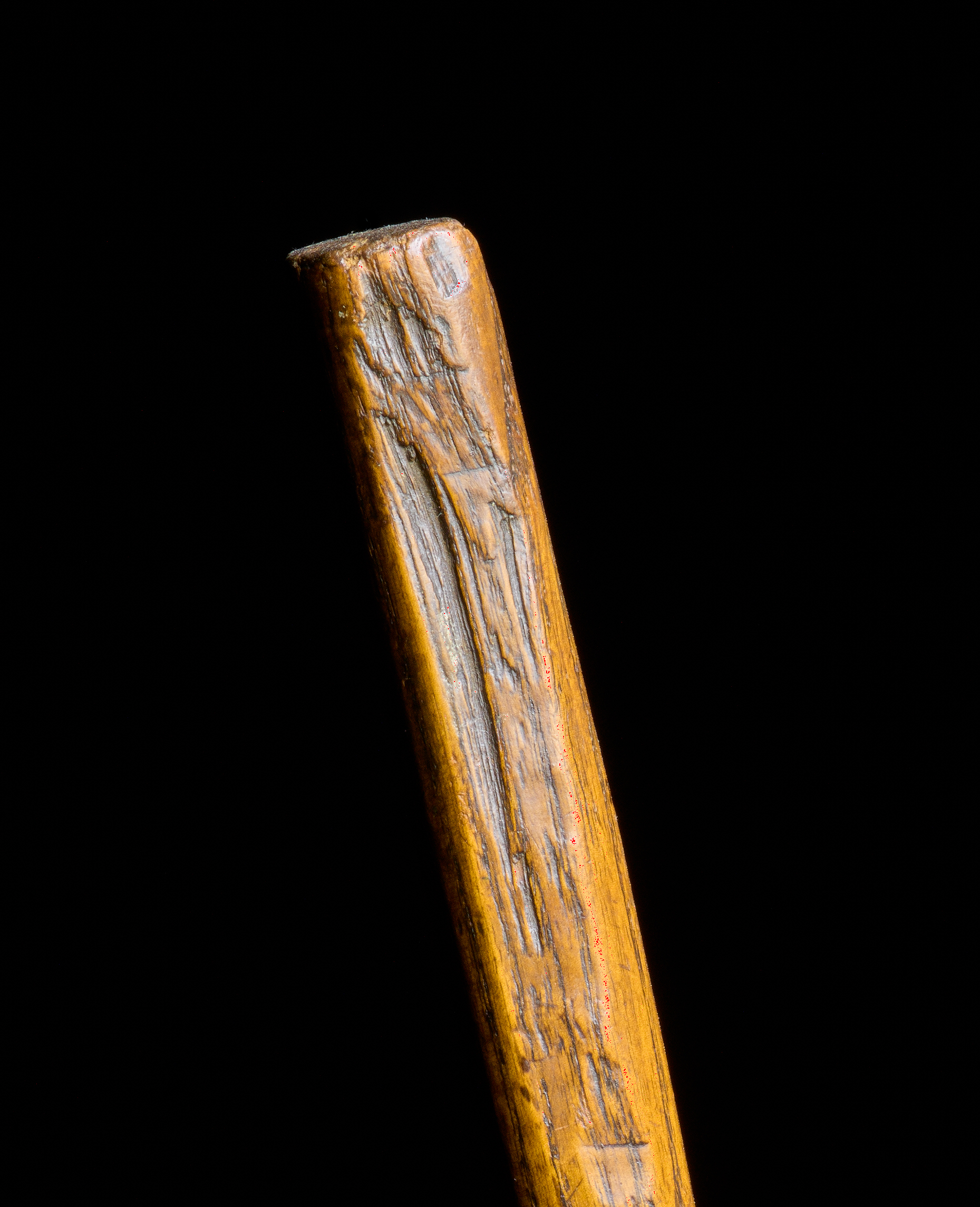Light Painting the Still Life - The Importance of Distribution of Light
Mar 25, 2025One of the crucial aspects of creating an image with great depth, dimension, and detail is proper exposure. While it’s a complex topic, I aim to establish a connection between achieving a proper exposure and using the appropriate amount of motion in the light.
I refer to this movement in the light source as the “Distribution of Light.”

"Small Hammer and Anvil" by Harold Ross
In light painting, we intentionally move the light source to soften the transition between highlights and shadows. This technique, when executed correctly, results in an aesthetically pleasing and sculptural rendition.
In simpler terms, if we consider a specific amount of light, how should we effectively distribute that light across the subject?
In the methodology that I teach in my Light Painting Online Video Course, I base the exposure on highlight clipping, which restricts the appearance of only a very few pixels in the highlights. Consequently, it’s crucial to control the amount of movement in the light source, as it directly impacts the highlight clipping.
Insufficient distribution of light leads to excessive highlight brightness and dark mid-tones, while excessive distribution of light results in insufficient highlight brightness and flat midtones that are too bright. Both extremes result in negative outcomes.
When we adjust the image to get just the right amount of clipping in the highlights, if the movement of the light isn't correct, the end result will be either too contrasty or too flat!
To illustrate this concept, I’ve created a series of images using the hammer handle from an image that I shot (above) of a small hammer and anvil. I’ve also adjusted the angle of the handle to better convey my message.
This first capture (as shot) illustrates what happens if the light is not moving at all. Notice the excessive amount of clipping in the highlights.

This image (below) is the same image as above, but after adjustment in order to only have a pixel or two of clipping in the highlights… Notice what happened to the mid tones... they are essentially gone!

The capture below shows the result of the perfect amount of light source movement. Note that we have just the right amount of clipping in the highlights, while the mid-tones are sufficiently bright. The image exudes beautiful textural and sculptural drama without becoming overly contrasty or dramatic.

In the capture (below), I have moved the light too much, bringing it too far forward. I was extremely cautious not to lower the light (which is a natural tendency when lighting a cylinder of this shape). Lowering the light is not desirable! The resulting image (with too much movement) appears flat, and lacks the depth, interest, and texture of the preceding image.

The image (below) resulted from me moving the light too much and lowering it, which is never a good idea when lighting a tall cylinder (or in most other cases!)
I always advise my students to “fight gravity” and keep the light up! Instead, we want to keep the light high and aim the light at the bottom of the cylinder. Lowering the light results in even more flatness in the final image.

The point I'm trying to get across here is that with improper movement of light, we can be guided down the wrong path, and we can end up making adjustments that do not result in the best asset for our final image! It all starts with proper distribution of light and good exposure!
In my Foundation Course, I teach a formula for calculating the appropriate amount of movement in the light. This formula is codified and easy to follow, providing a reliable guideline for lighting. Of course, it’s just a small part of a comprehensive series of concepts that enable my students to light paint at a very high level!
Thank you for reading!
-Harold
Creating light-painted still-life images is extremely rewarding, and something that I teach in great detail throughout my comprehensive light painting online video course.
See what students are saying about my Light Painting The Still Life Foundation Course.



